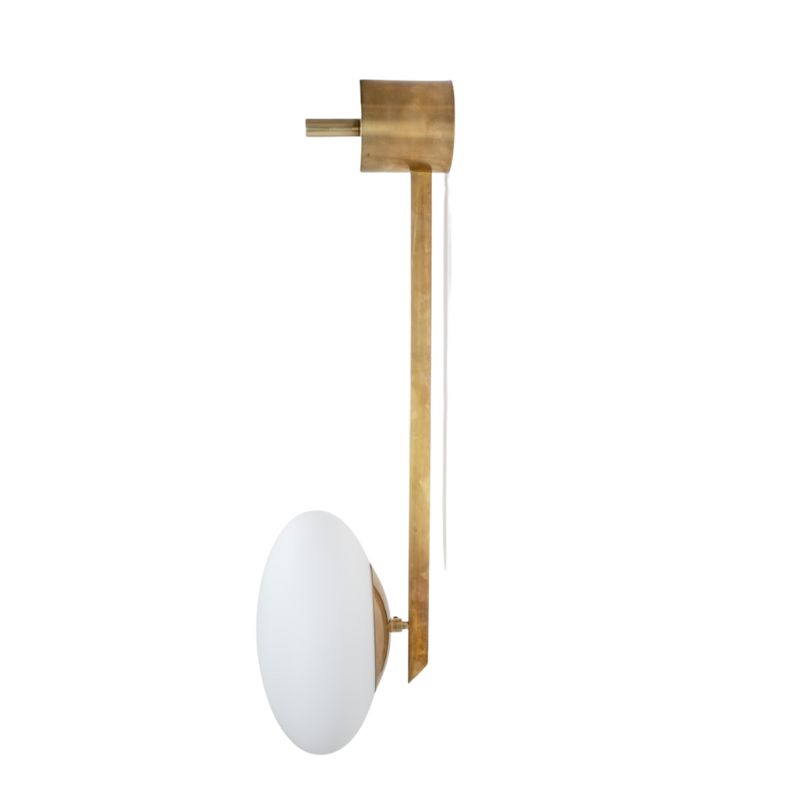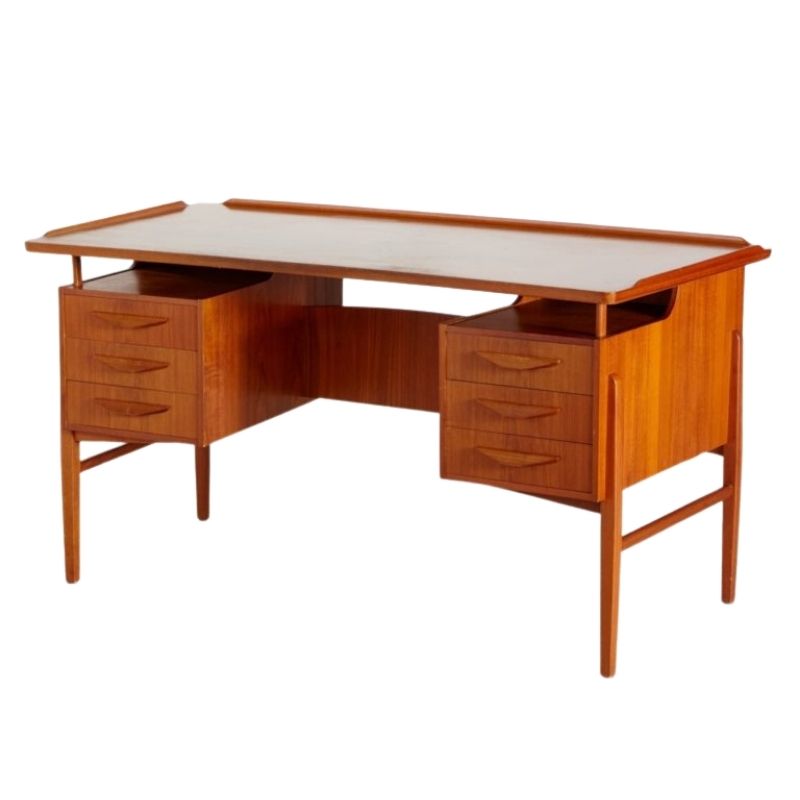Good one -- I was about to suggest flexing the piece to see if the crack opens and closes by itself. If so, fillers aren't the way to go . . .
If the crack is the opening of a glue joint, glue will have to be removed before fresh glue is applied. A specially ground scraper -- maybe the back of a knife blade, squared with file and stone -- could be used to remove most of the glue. Work the piece upside down if possible to help clean the opening of debris.
Thanks for all the suggestions and information. I am now open to suggestions on glues. So you glue mavens should read on.
The size of the crack is smaller than appears in the picture. The wide angled lens exagerates what is close up.
As I mentioned in the first posting, the wood is Walnut. It feels quite hard and strong. The backrest does not flex a lot but probably does a little
The crack can be squeezed almost shut by squeezing hard using my fingers. With clamps, it will close quite completely. But the crack is rather deep - 12 to 13 mm - or 1/2" in your part of the world.
The crack is on the thin, tapered edge of the seat back. With a little imagination - I have famously little imagination - it will be possible to clean out the crack as much as possible, put in some slow drying glue and clamp it for some time.
So here are the glue requirements as I understand them
- I want some kind of glue can can penetrate into this crack as deeply as possible
- I want something strong as hell
- I need enough drying time to be able to apply multiple clamps
Leif,
i actually got walnut veneer I was going to use as filler if needed.
But tell me why you wouldn't try to just reglue the opposing pieces again. I could use a syringe to squirt in the glue. I imagine the opposing pieces would fit nicely. It seems to me the least risky alternative. Am I missing something? Debris in the crack? What?
Routing sounds so invasive. Besides I don't have a router. Would I need a jig or can it be done by hand?
Liquid hide glue. Clean out the gaps as best you can. Thin some of the glue a bit with water and push it way down in there with a cheap bristle brush, then do same with glue straight from the bottle. Clamp and clean off any squeeze-out with a damp rag. Leave clamped overnight.
Afterward you can decide how to deal with the surface voids. Perhaps some judicious sanding and slight reshaping the top edge of the panel will be all thats necessary, though that might expose a more natural color of the walnut than the bleached surface now present.
I understand Leif's desire to excavate and add a spline of some sort, but I'm not sure that this case warrants the effort or risks involved with doing a proper job of it. You could always try that approach somewhere down the road.
Hide glue, in its various forms, should always be our first choice for making repairs to wooden furniture of any value. Reversibility is perhaps its primary virtue, but the long open working time and relative flexibility of the "liquid" variety make it particularly well suited to this application, IMO.
Again, photos of the whole chairs would be helpful.
Will the hide glue stick to the PVA glue inside? My guess is very poorly. This is why I don't like squirting glue into old glue line. But Tktoo is right when I am wrong so....
And this is a hard case, where there may not be any great answer.
Another possibility, which is actually much less invasive than it sounds, is to extract the back rest from the chair, split them open carefully, clean the glue from the cracked area, and glue and clamp everything. It is very easy to glue split wood, and can be done perfectly, in the sense that it is invisible and very strong. It is stressful though, because at first it looks like you've made a horrible mistake.
Beginners question: "hide glue" as in animal hide? glue for hides? I have never heard of it.
Nuther question: We seem to be assuming PVA was used originally. PVA will bond to PVA. PVA is water soluble and hence thinable. Why not use that?
I thought the operative word that is really in line with my talents is "reversable". I think like this. If the first try doesn't work, I can go back and try routing or out and out splitting. But I will tell you, splitting sounds like it will be hard on my nerves.
Here is a pic.
Okay, Leif. In the interest of experimentation (and because I'm naturally curious and/or a little bored at the moment) I've spread a thin layer of good old un-thinned Titebond yellow wood glue onto some chunks of scrap walnut out in my shop. Three long-grain and one end-grain surfaces of app. 2" sq. each. Tomorrow, I'll scuff the glue surfaces lightly with 320 grit enough to remove any gloss, apply some Titebond/Franklin liquid hide glue on top of the dried aliphatic PVA, clamp, and let sit overnight. I'll report back in a couple of days with my pseudo-scientific, non-peer-reviewed, expert analysis of the results. Wish me luck!
Hide glue (sometimes call rabbit glue ?) is made from animal hide. It is liquified (to a point) with heat, hence reversible. Granules are heated in an electric pot made for the purpose.
Good experiment, tktoo. That's the only way we learn . . . without risking an actual workpiece.
Hide glue, rabbit skin glue, fish glue, it's all animal protein. Skin, bone, scales, hooves, connective tissue, etc. It's all in there as far as I know. There are so many names, grades, and varieties available that it gets a little confusing, but specialists do tend to have their favorites for specific applications. I keep 3 varieties in my shop.
I do intend to follow through with my experiment, though. I may even add some pics if I can figure out how.
BTW, nice color on that walnut, Scan! And really unusual construction on the back rails, too. I can only guess that they were bent-laminated to acheive the curve rather than sculpting from a solid plank, though the two halves appear thicker than the plies typically seen with this technique. Perhaps internal stress contributed to the glue joint failure.
Is anyone gonna ID these chairs, or what?
Ah, those are Bambi side chairs by Rastad & Relling for Gustav Bahus of Bergen, Norway.
And for what it is worth, I am pretty certain they are Afrormosia wood, not walnut. It begins life very much the color of teak and darkens with a certain amount of UV to look a lot like walnut. I have an Afrormosia Reenskaug Rocker that is so dark brown it looks a bit like ebony. I once saw a bedroom set in Afrormosia veneer, and kept thinking it was some strange variety of walnut I am not familiar with. One of the pieces had received so much UV exposure that it had lightened back to a yellow-ish teak tone. It is much harder than walnut.
I have seen it used on other Gustav Bahus pieces before. In fact, lots of Danish, and Scandinavian furniture uses Afrormosia. The legs of vintage Papa Bear chairs are Afrormosia. Cado uprights are Afrormosia. The paper organizer inside a Juhl Cresco cabinet is Afrormosia. Some Kofod Larsen Elisabeth chairs are solid Afrormosia. Many British market sideboards have Afrormosia inside the handles, so they have a distinctive deeply carved look. (G Plan for instance). You get the idea.
Here are some others that I believe are probably Afrormosia based on the color of the chairs. I suspect the light color ones either did not get any UV exposure or possibly have been sanded.
http://www.lauritz.com/en/auction/rastad-relling-set-stuehle-in-teakholz...
I just realized that the likely fact of these chairs being Afrormosia is very pertinent to the question of the crack and how to fix it. As usual I think tktoo is spot on.
The crack is from internal stress because the pair of board are trying to return to their original straighness.. Afrormosia is significantly harder (Janka hardness 1560) than teak, oak, walnut (all with a Janka hardness around 1100), and in my limited experience working with it, I wouldn't think it bends well at all.
So, this suggests the crack needs to be repaired with this in mind. And since there is less glue holding the pieces together, the cracking process may accelerate on its own even if the chair is not in use, because I doubt that flexion from sitting is a significant contributor to the condition.
I think I would saw out the back rest, split it open and re-glue, then replace the dowels and re-glue the back together. This is a pretty serious operation, though.
Second consideration is that the wood is going to be teak colored as soon as you sand or expose any fresh part of it. So you will need to figure out a repair that doesn't expose new wood, or likely commit to an overall sanding.
This is a tough case indeed.
If you need any help, please contact us at – info@designaddict.com









